
Las palmas de cera
ColombiaThe famous Valle de Cocora, home of the world’s tallest palms, lived up to expectations that were as high as the towering trees – until I biked over Paso Quindío to Toche and saw ten times the trees with none of the swarms of tourists that packed Cocora. Literally, none of them. Over the course of fifteen miles through thousands of the giant palmas de cera, I saw three people: two farmers, and one fellow bike tourist, Eduardo, headed in the opposite direction. The mountains were so empty that I was hollering at the top of my lungs as I came around a corner and was embarrassed to find Eduardo on his bicycle, accompanied by a little dog. “Se llama Tochecito,” he said, because the dog had followed him since the town of Toche. “Yo tambien,” he said with respect to my hollering.
As I relaxed that evening at my campsite next to a hot spring, I thought back to the cramped willy (jeep taxi) in Cocora, surrounded by French and Germans and Colombians alike, arriving at a row of restaurants and paying an entry fee to hike a trail that required a constant dodge between smelly horses and selfie frames. In retrospect, I kind of wished I had spent the afternoon playing tejo at the bar with Salento locals instead.
I’m exaggerating a little. As far as tourist traps go, Cocora isn’t bad at all. It’s just that the next day was so much better. I know that not everybody has the will to bike up a mountain, or even spend a day chartering a jeep to Paso Quindío (which wouldn’t move much quicker due to the rough road). But I wished for everybody’s sake that they could!
Or did I? I’ll admit that I’m a little bit confused – the solitude and isolation was part of what I loved about it, but I also felt like screaming from the mountaintop to share my discovery with the world. Fortunately, I didn’t have to decide, because Salento was too far away to hear my whoops.
Some people scorn the Cocoras of the outdoor world. Yosemite Valley, packed like Disneyland in August. Pikes Peak, where you can drive to the summit and buy a donut. Angels Landing in Zion, where reaching the summit requires leapfrogging over fear-frozen hikers clinging to the cable. Surf bros fight strangers who impede on their local waves; ski bums keep their powder stashes secret. If the world finds out about something good, it’s ruined, it seems.
I recently read an article exemplifying this logic (linked) in its discussion of a canyon Liz and I had hiked last year in Iceland. Unbeknownst to us, Justin Bieber filmed a music video there in 2015, and the subsequent hordes of fans purportedly destroyed the canyon’s environmental purity (which we found in 2018 both completely deserted and gorgeous). The author makes the same claims about Horseshoe Bend and Grand Teton National Park, calling them “natural places that have fallen victim to celebrity endorsement.” Regardless of whether these places have actually been “ruined,” I vehemently disagreed with the conclusion that Instagram and Bieber are at fault. Why shame people for visiting, enjoying, and sharing beautiful places that belong to all of us? A better solution than placing blame might be to promote responsible use of such areas.
Does mass tourism ruin outdoor places? It’s hard to say – I certainly squirm in the crowds of Yosemite and Cocora. But after walking a half mile up a trail, I’ll find myself all alone. I’d rather work on a way to sustainably share the beauty with everyone, than discourage visitation under a misguided notion of protection. So Biebs, I’m inviting you to film your next video amongst the wax palms of Paso Quindío – and we’ll see how many of your rabid fans ride bicycles to the top of the mountain and totally ruin it.
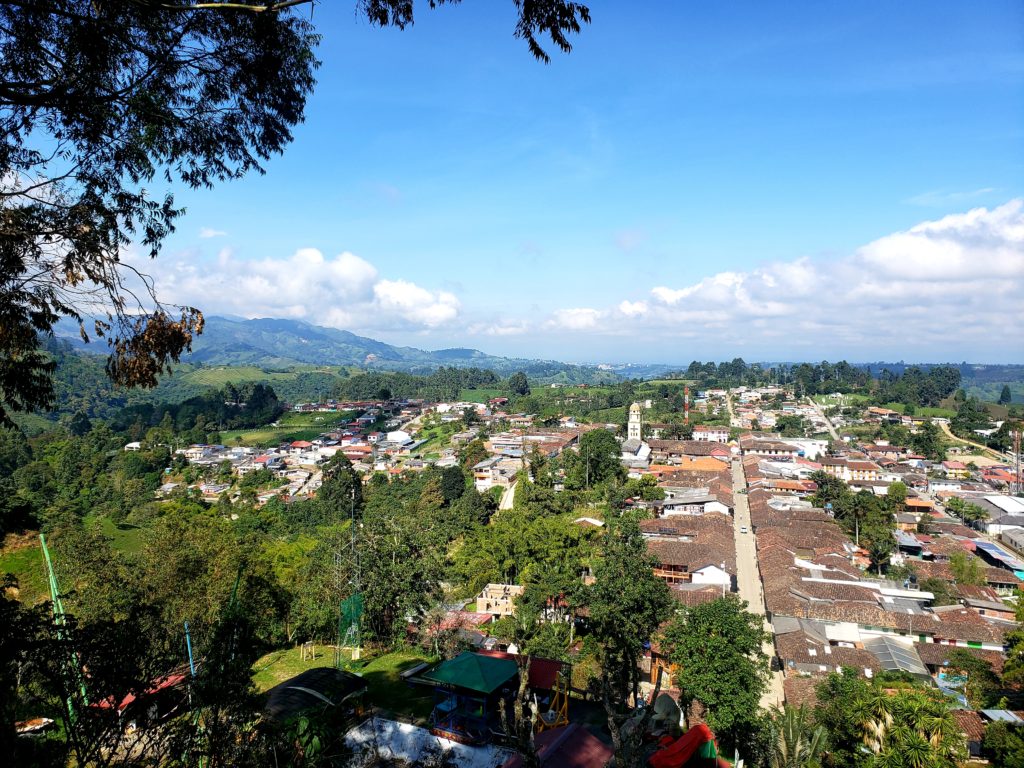

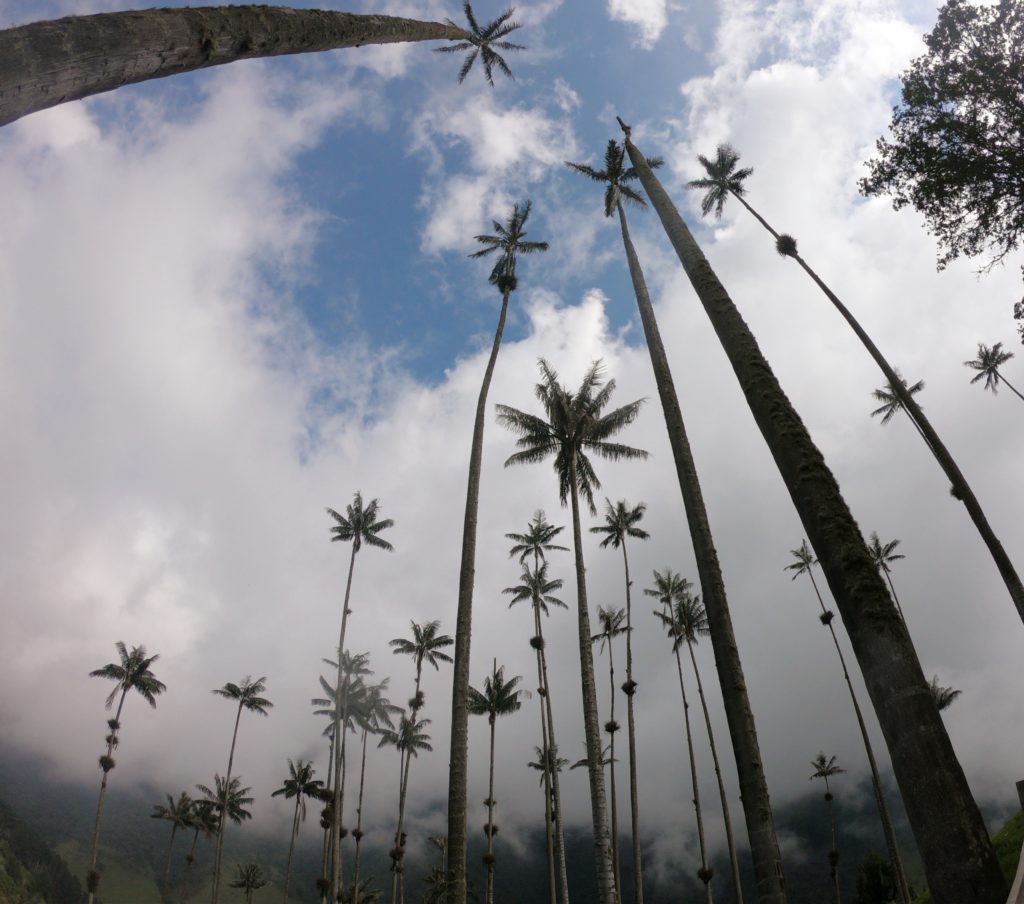





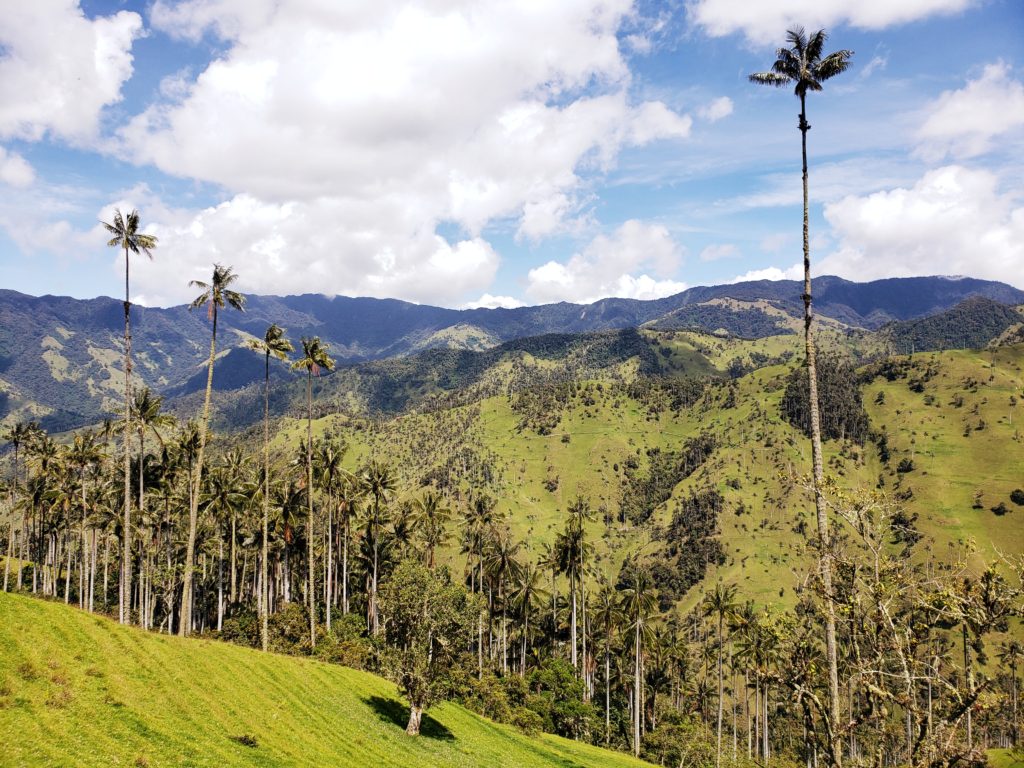
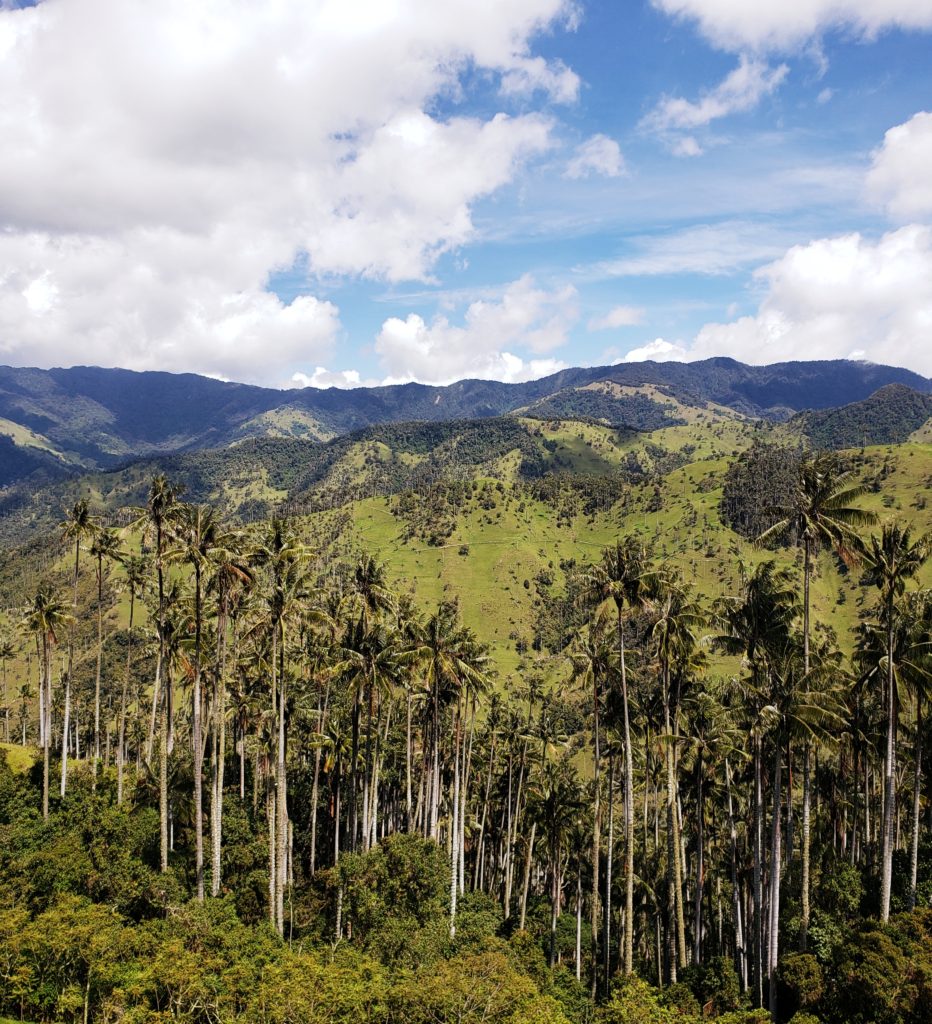
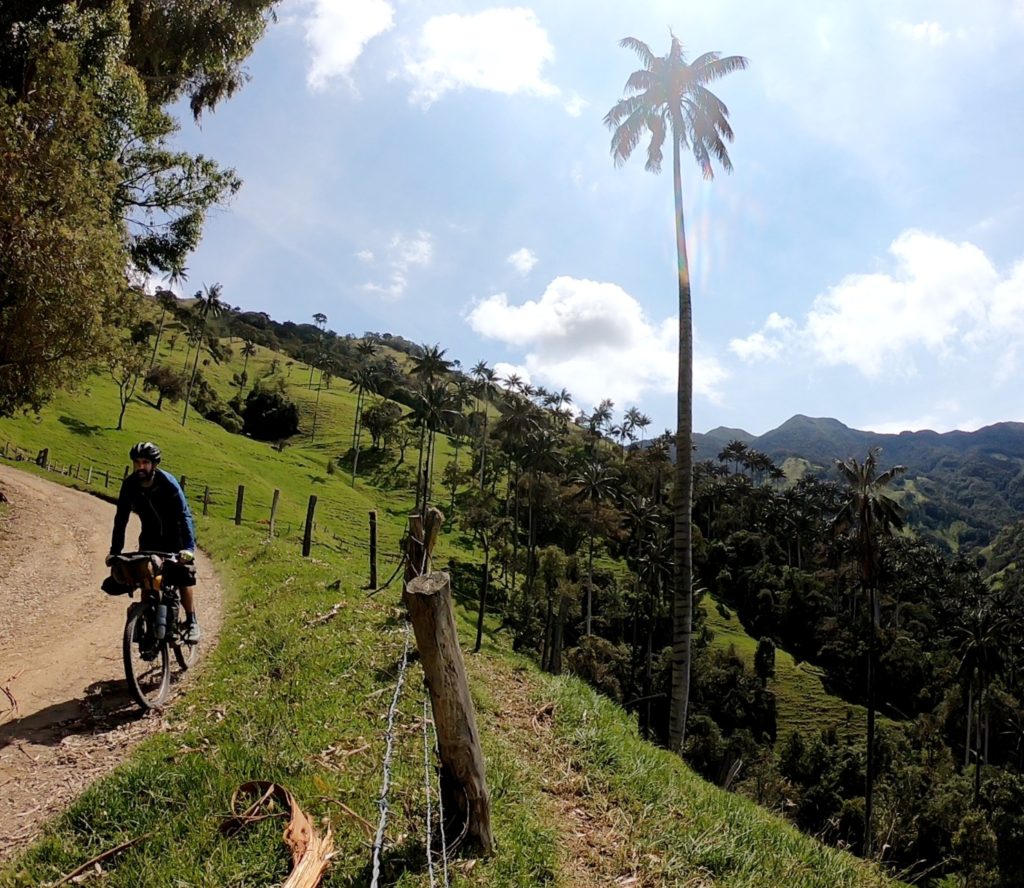

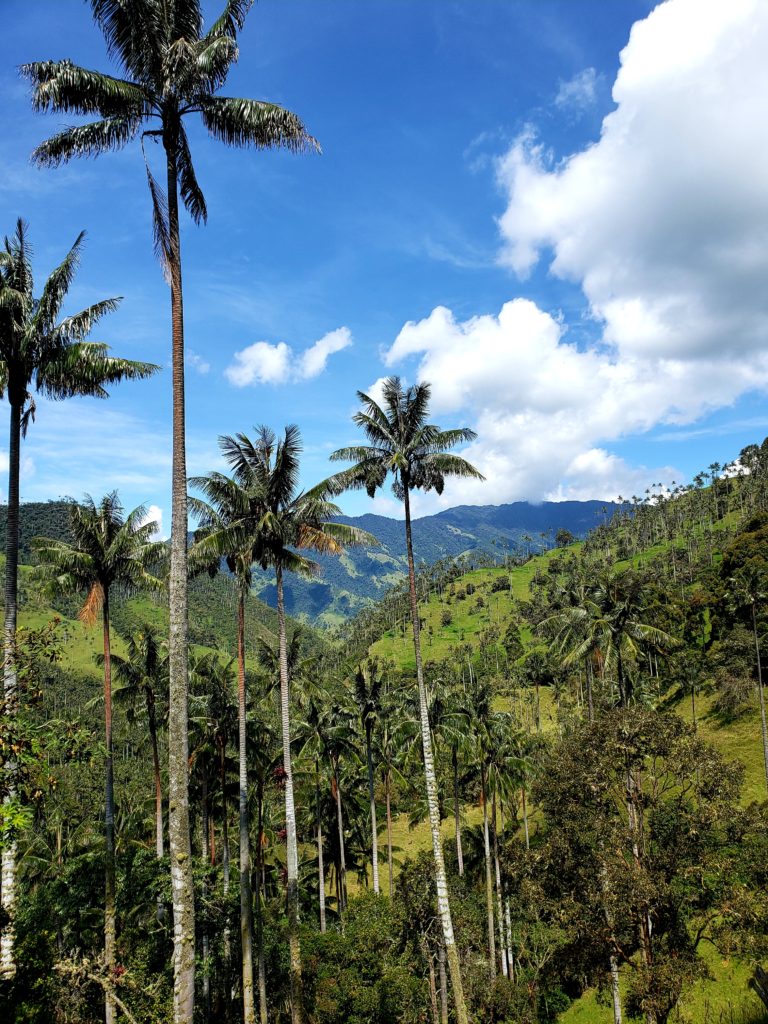
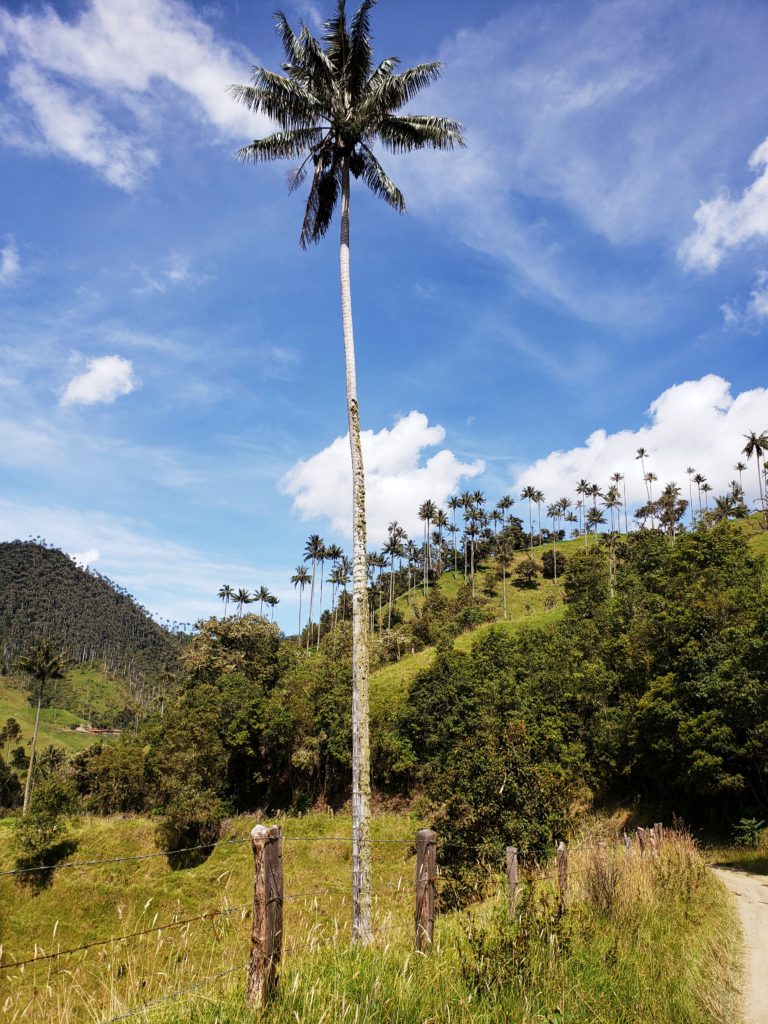
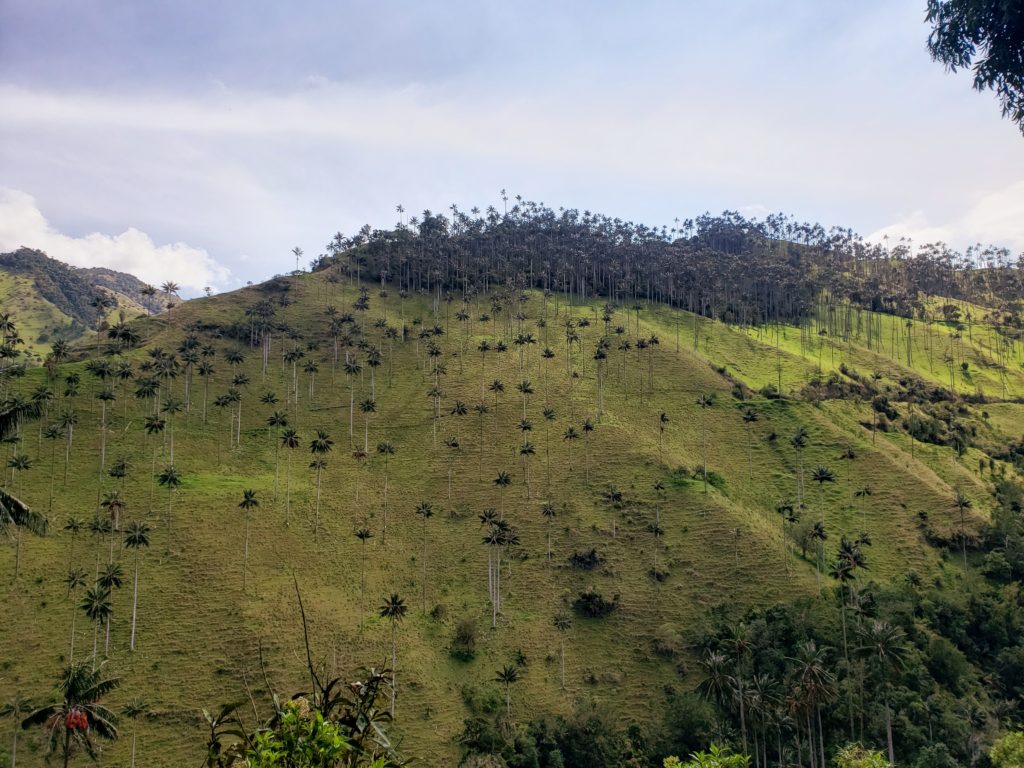


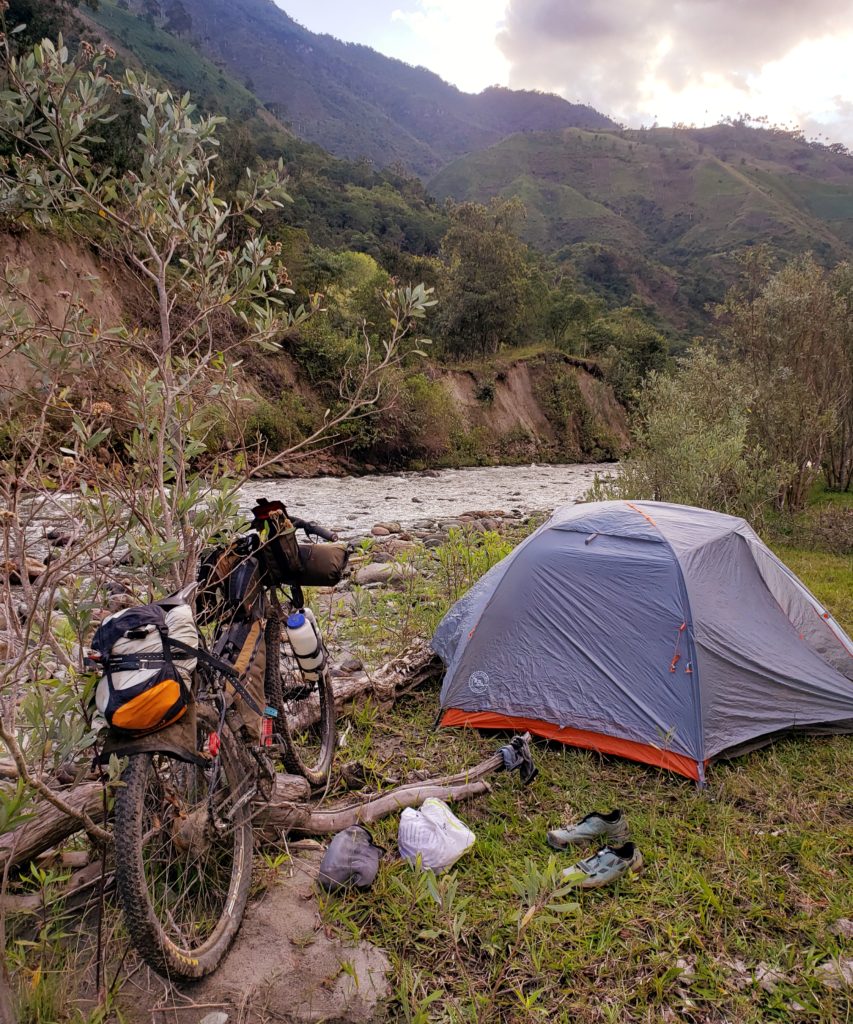
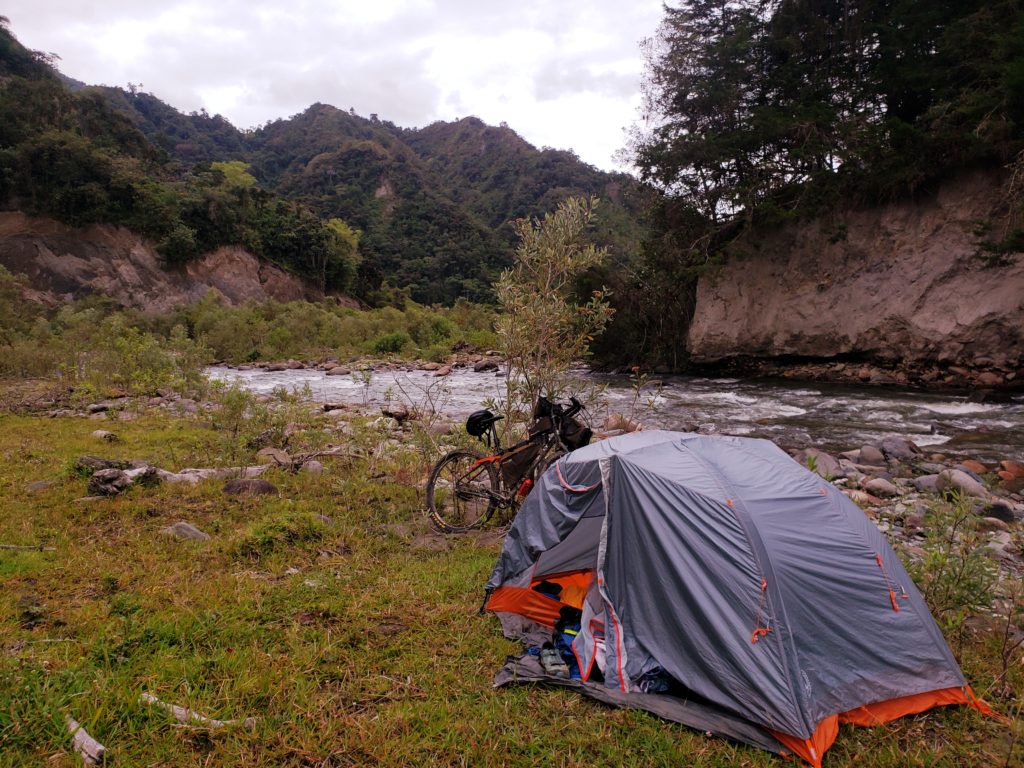
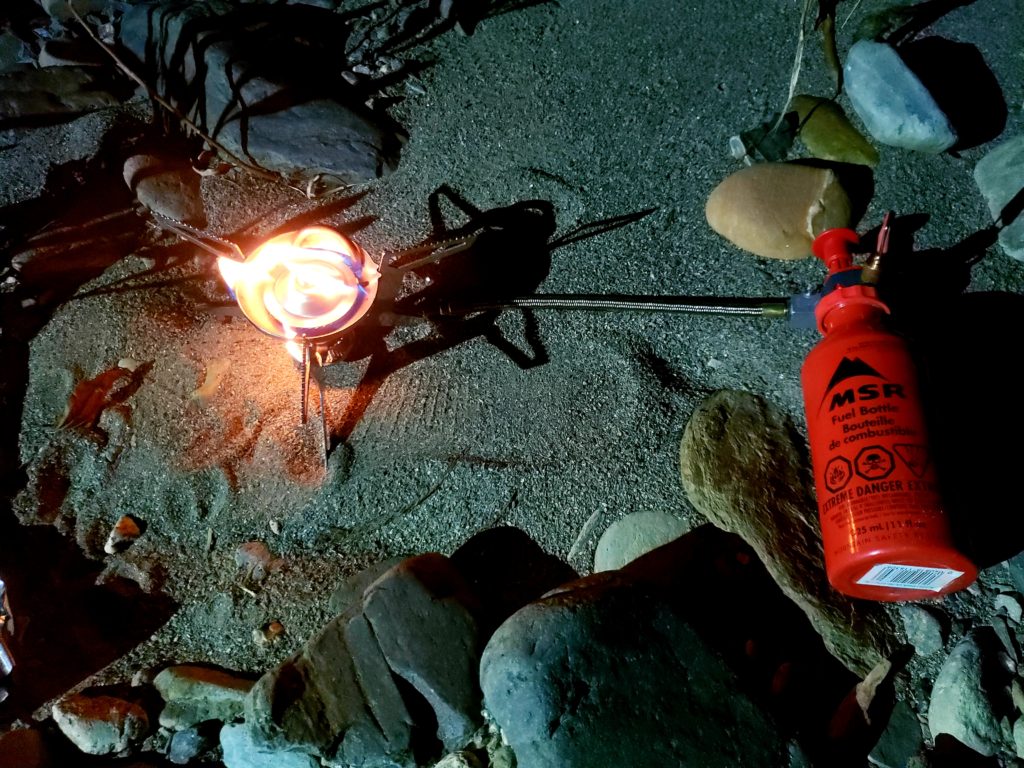
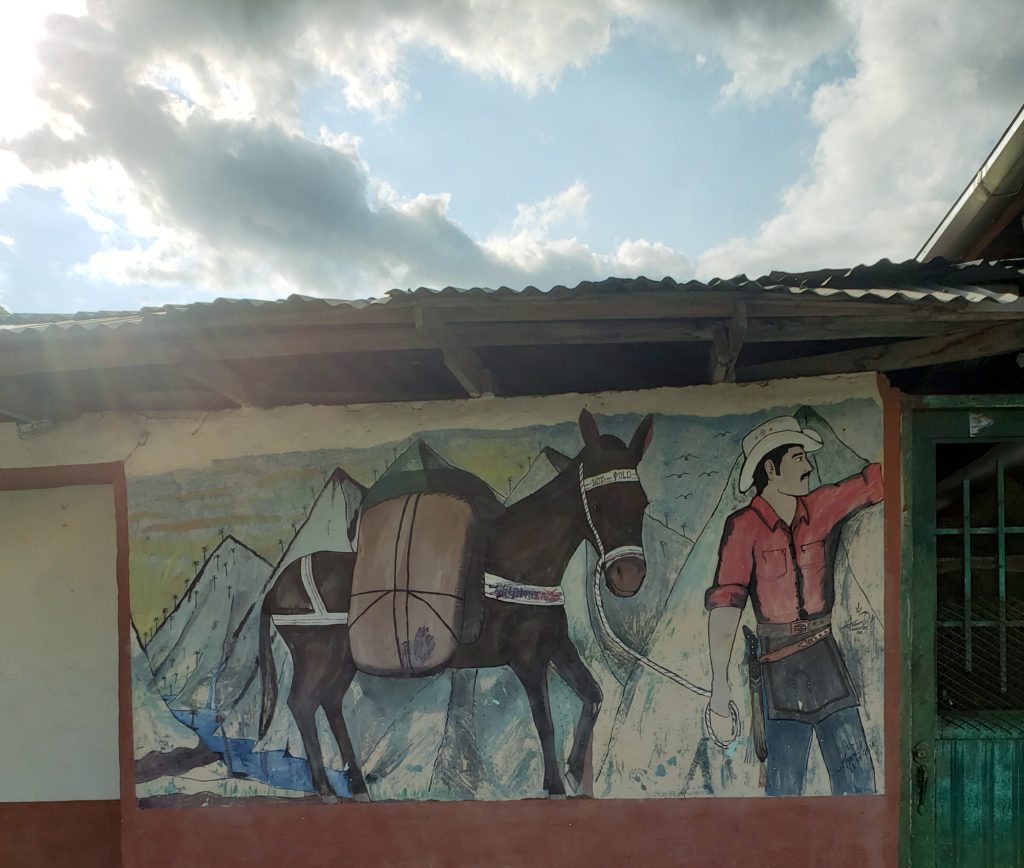
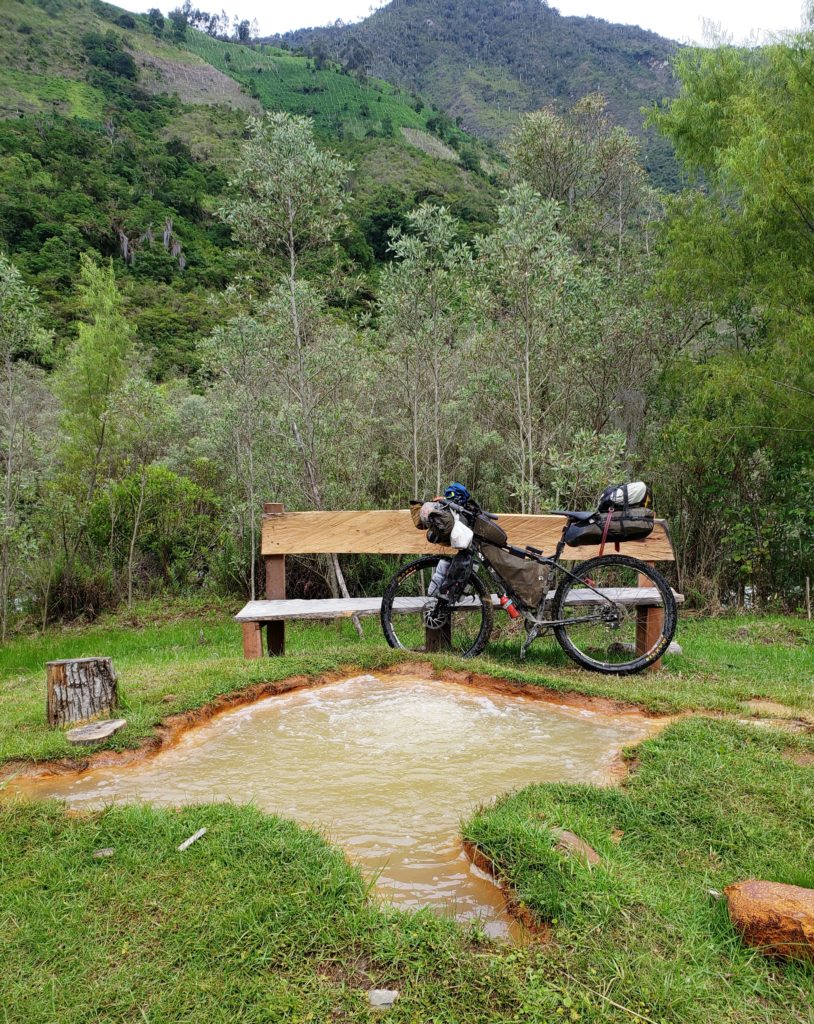
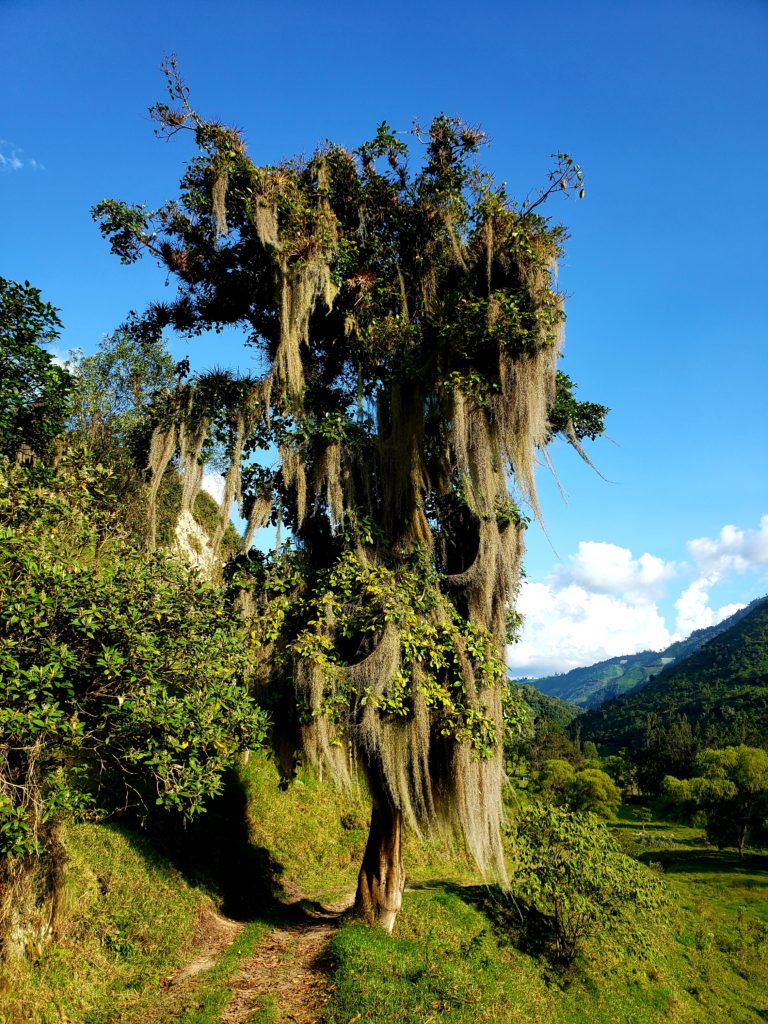
The trail to the campsite

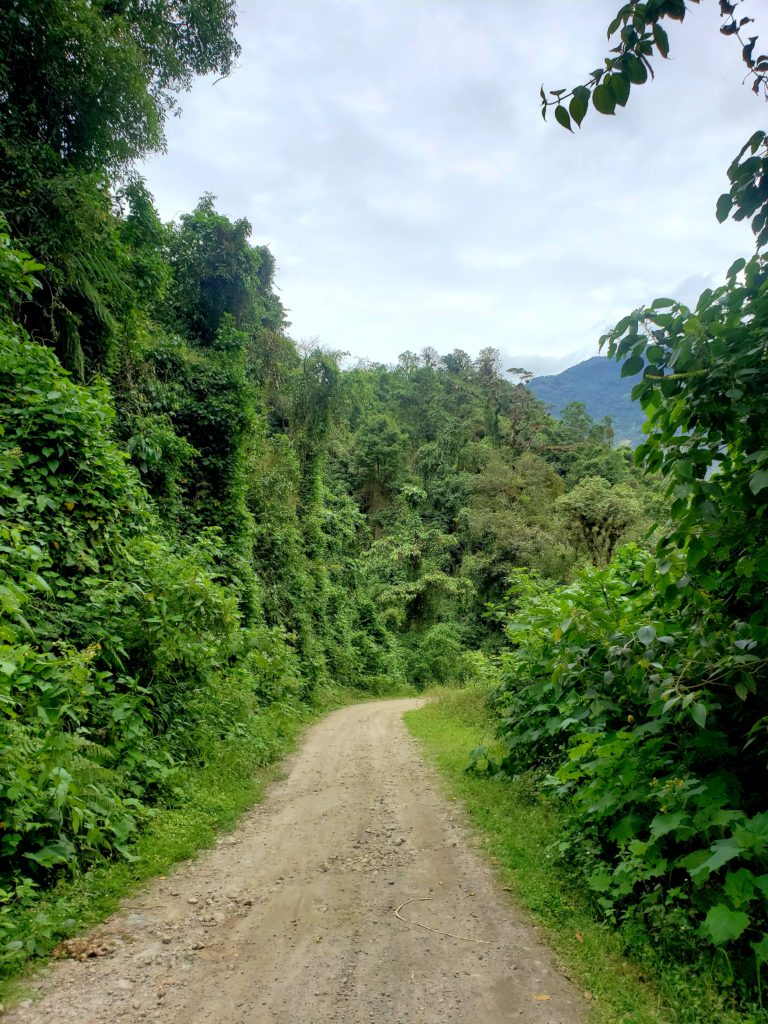
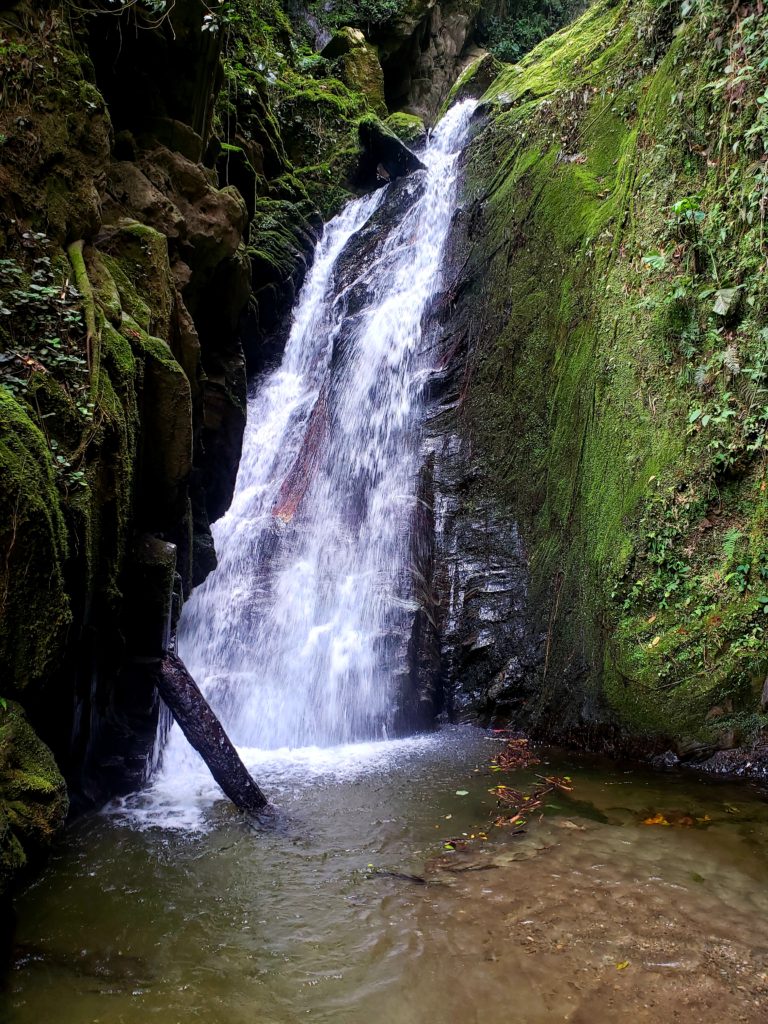

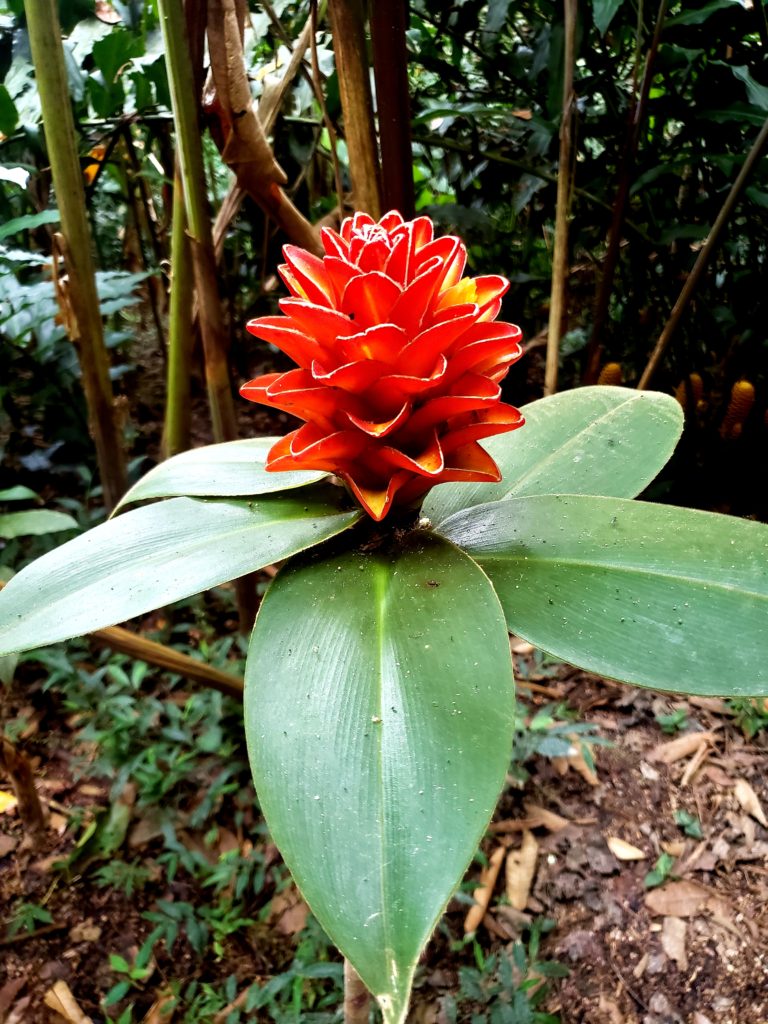
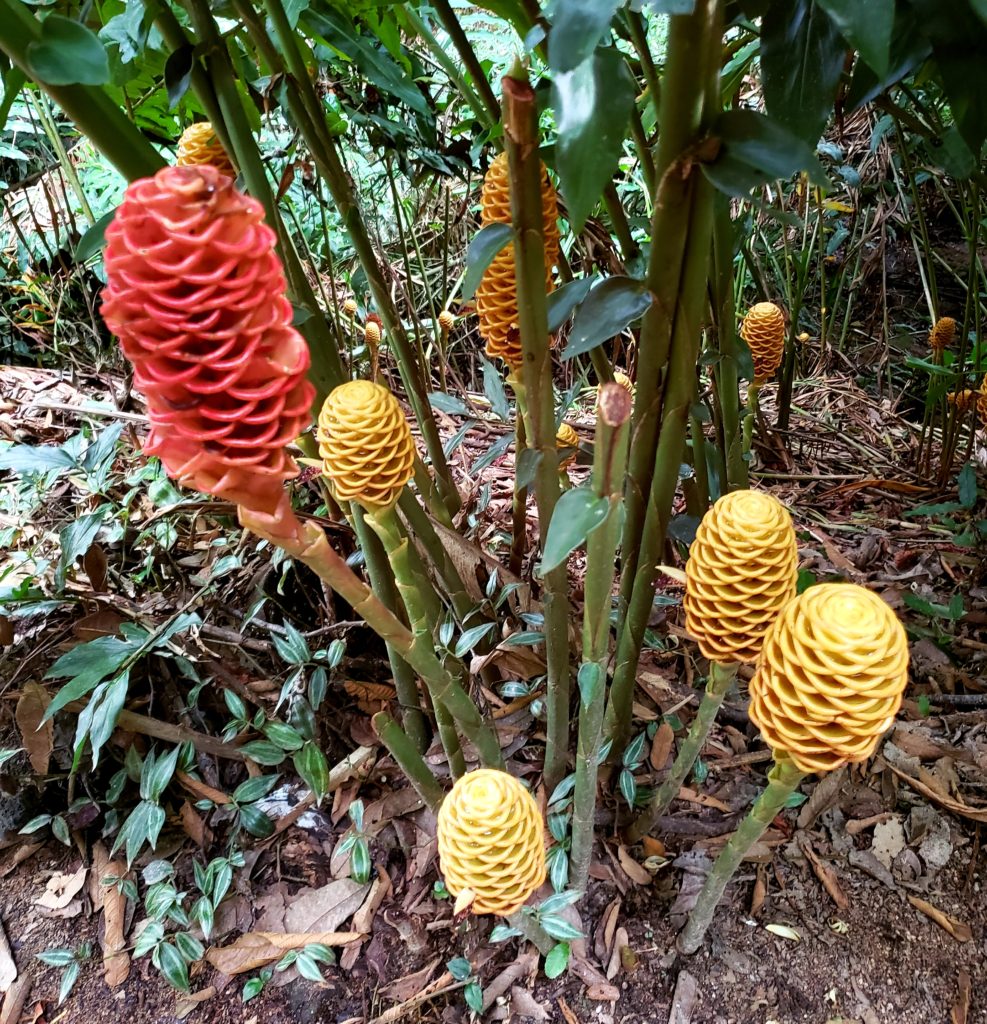
Archives
Calendar
| M | T | W | T | F | S | S |
|---|---|---|---|---|---|---|
| « Mar | ||||||
| 1 | 2 | 3 | 4 | |||
| 5 | 6 | 7 | 8 | 9 | 10 | 11 |
| 12 | 13 | 14 | 15 | 16 | 17 | 18 |
| 19 | 20 | 21 | 22 | 23 | 24 | 25 |
| 26 | 27 | 28 | 29 | 30 | 31 | |